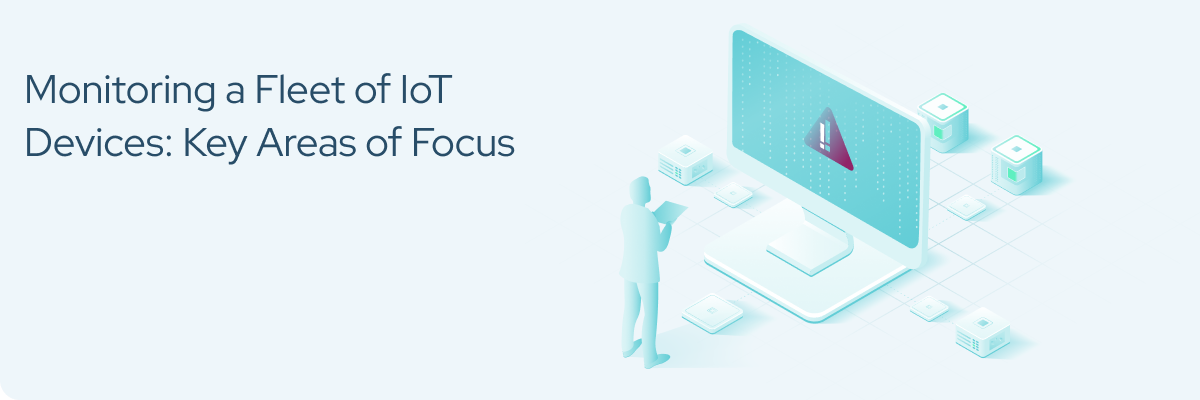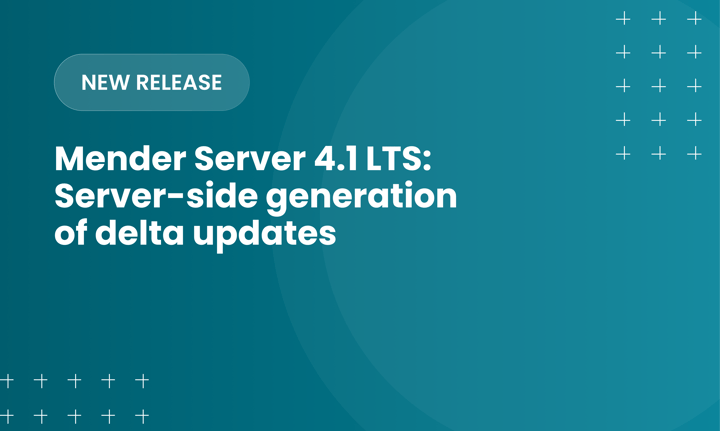
With the widespread adoption of IoT devices and their integration into critical infrastructure, safeguarding the security of these devices has become a paramount concern for IoT solution owners. A robust monitoring system for IoT device fleets is essential in order to identify potential security issues and raise alerts when anomalies occur. Understanding the best practices and innovative approaches to effectively monitor a fleet of IoT devices ensures their safe and secure use throughout society.
The importance of device security monitoring and alerting
The proliferation of connected devices has brought forth new threats and risks. Increasingly sophisticated IoT devices expand the attack surface with greater access to data, expanded remote control, and new points of vulnerability. Traditional methods of device monitoring, such as manual logins, are no longer practical due to the sheer number of devices, distribution, and limited access points. Monitoring the security of IoT devices has become just as critical as ensuring their functionality.
Nine essential areas to monitor
There are several crucial areas to focus on to ensure security across an IoT device fleet:
- Open Ports: IoT devices should have a restricted number of open and listening ports. Unexpected open ports can indicate potential security issues.
- Set-uid Executables: Keeping an eye out for the sudden appearance of set-uid executables can help detect unauthorized changes to the system.
- High Data Transfers: Unusually high data transfers can be a sign of suspicious activity or potential breaches.
- Executable Location Changes: Core executables should not change their location or file content unless explicitly upgraded. Unexpected changes may be a security concern.
- Failed Deployments: Monitoring failed software updates or deployments is crucial, as they can indicate potential issues or attempted exploits.
- Root Login Attempts: Unauthorized root login attempts, whether remote or local, should be monitored and alerted.
- Network Access Point Changes: Sudden changes in the access point a device connects to can be an indication of unauthorized activity or bad actors.
- Process ID Changes: Unexpected restarts of long-running applications or changes in process IDs can suggest attempts to exploit vulnerabilities.
- Periodical Automatic Vulnerability Scans: Active scans from inside the device can help uncover critical vulnerabilities introduced by recent deployments.
Implementing secure IoT device monitoring
IoT solution owners should plan for comprehensive monitoring and alerting capabilities across their device fleet. Executing checks, triggering alerts, and notifying authorized users can assist in ensuring devices remain stable and secure against accidental and unauthorized changes or cyber adversaries.
IoT fleet monitoring also provides operational benefits:
- Create seamless customer experiences. Identify and fix issues before your customers even know they exist.
- Improve device availability. Eliminate downtime. Receive instant alerts and proactively respond to issues live on the device in real-time.
- Ensure robustness with edge processing. Optimize operations with near-zero bandwidth requirements, instant local processing, and support for limited or unstable connectivity.
Effectively monitoring a fleet of IoT devices is crucial to ensure security and detect potential threats. With the increasing complexity and number of devices, manual monitoring is no longer practical. By employing monitoring best practices, IoT solution owners can implement robust device security monitoring and alerting mechanisms alongside operational improvements.
Recent articles
The differences between the US FDA’s device approval process and the EU’s medical device regulation (MDR): An essential dual-compliance framework for global manufacturers
Why OTA updates are now mission critical for future-proofed device lifecycle management
What’s new in Mender: Server-side generation of delta updates
Learn why leading companies choose Mender
Discover how Mender empowers both you and your customers with secure and reliable over-the-air updates for IoT devices. Focus on your product, and benefit from specialized OTA expertise and best practices.



